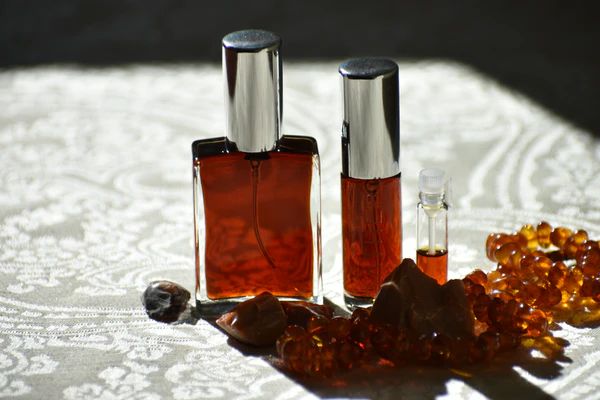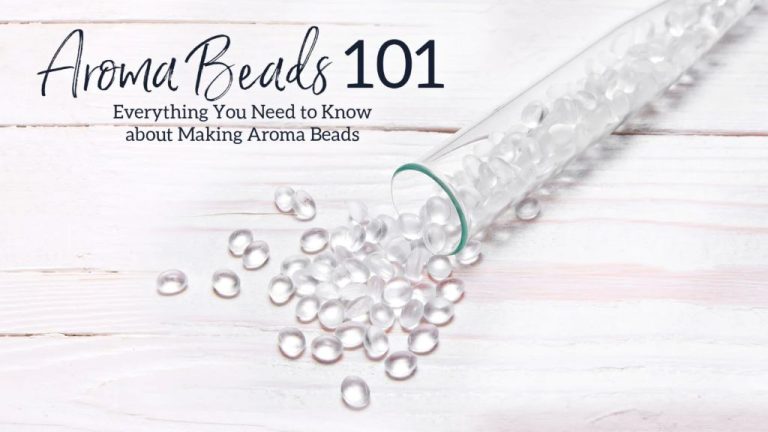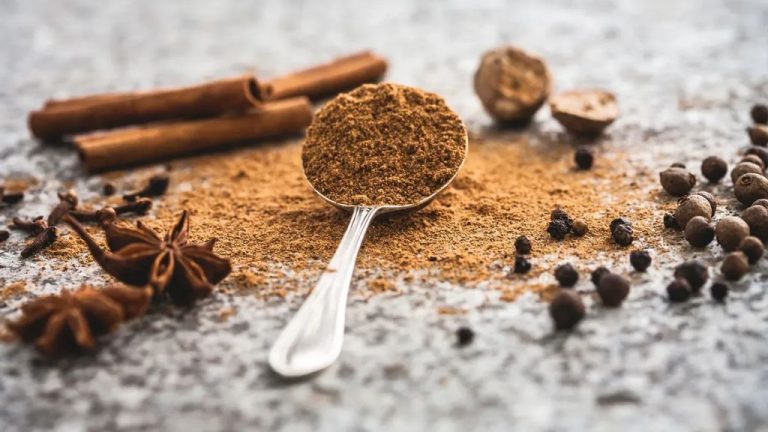What Scent Is Closest To Amber?
Defining Amber
Amber is not a single scent or ingredient, but rather a family of scents in perfumery. The term “amber” refers to a warm, sweet, slightly spicy, resinous scent profile that can evoke honey, vanilla, benzoin resin, labdanum, patchouli, and more. While there is no actual “amber” material used in fragrance, perfumers have developed amber accords using both natural materials and synthetic aromachemicals to recreate this distinctive olfactory impression (https://experimentalperfumeclub.com/amber-in-perfume/).
True ambergris and labdanum resins may contribute nuances of amber, but most amber accords are an orchestration of ingredients both natural and man-made. The complexity of amber scents arises from the blend of multiple fragrance materials, often including vanilla, benzoin, tonka bean, sandalwood, cedarwood, spice notes like cinnamon, and balsams like labdanum. Together these notes create a sweet, warm, lightly spicy scent imprint that is widely recognized in perfumery as “amber.”
Natural Sources of Amber Scents
There are several natural sources that contribute to the amber scent profile used in perfumery:
Ambergris is a waxy, fatty substance produced in the digestive system of sperm whales. It is often described as having a sweet, earthy scent. Ambergris has been used as a fixative in perfumery for centuries. It helps blend fragrance notes together and also makes scents last longer on skin. Ambergris is rare and expensive due to the difficulty in obtaining it. https://experimentalperfumeclub.com/amber-in-perfume/
Labdanum is a dark resin obtained from rockrose shrubs. It has a warm, woody, amber-like scent. Labdanum resin is extracted from the leaves and twigs of the shrub through boiling, aging, and straining. It acts as a base note in perfumes and provides a long-lasting musky undertone. Labdanum is a key component for achieving an amber accord.
Benzoin is a balsamic resin derived from styrax trees native to Southeast Asia. It has a sweet, warm, and slightly spicy aroma. Benzoin resin is harvested from the bark of the trees through a process called ‘wounding’, where incisions are made to stimulate secretion of the sap. The resin is used as a fixative and base note for amber accords in perfumery. When combined with labdanum and vanilla, it creates a true amber scent.
Common Amber Fragrance Notes
In perfumery, amber accords are typically created using a blend of warm, sweet scents along with soft woods or resins. Some of the most common fragrance notes used to create an amber scent profile include:
Benzoin – A sweet, vanilla-like resin from the styrax tree that provides a warm, creamy amber nuance. Benzoin has a soft oriental scent with balsamic undertones.
Labdanum – An amber-scented resin derived from rockrose shrubs. Labdanum has a musky, warm and slightly animalic aroma that blends well with sweeter notes.
Vanilla – A popular base note known for its sweet, warm and comforting scent. Natural vanilla contributes creaminess and amber warmth.
Patchouli – An earthy oil with a rich, musky-sweet aroma. Patchouli lends depth and complexity to amber accords.
Tonka bean – Has a sweet, aromatic scent reminiscent of vanilla, almonds and cinnamon. It provides a smooth, spicy amber nuance.
Sandalwood – A popular woodsy oil that imparts a creamy, sweet character along with a softly spiced amber warmth.
Musk – Musky oils like natural deer musk or synthetic musk aromachemicals give amber accords a soft, skin-like scent.
Balsam of Peru – A sweet, mildly spiced resin that blends well with oriental ambers. Provides a vanilla-cinnamon aroma.
Amber Accords in Perfumery
Accords are combinations of scents blended together to create a specific fragrance profile. Amber is a popular accord in perfumery comprised of various fragrance materials.[1]

Some common amber accords include:
- Oriental amber – Features sweet vanilla, balsamic resins like labdanum, and animalic musk notes like civet and castoreum. Creates a warm, ambery-vanilla theme.[2]
- Dry amber – Uses dry woods like cedar or sandalwood combined with subtle musk and vanilla notes. Produces a powdery, woody amber effect.
- Soft amber – Focused on gentle musk and woods, lacking the resins in oriental amber accords. Provides a smooth, delicate amber scent.
Amber accords form an olfactory base for many perfumes, lending warmth and sweetness to floral, fresh, and oriental styles.
[1] https://shop.perfumersapprentice.com/p-5931-amber-key-accord.aspx
[2] https://experimentalperfumeclub.com/amber-note-accord/
Ambergris in Perfumery
Ambergris is a whale byproduct that was historically used in perfumery to provide fixative qualities. It comes from sperm whales and forms in their digestive system. Ambergris was prized for its ability to help a fragrance last longer on skin or fabric. However, the use of ambergris in modern perfumery has declined dramatically. This is due to both ethical concerns around sourcing ambergris as well as regulations around endangered sperm whales. While ambergris was never whale vomit, the misconception contributed to a lack of public acceptance around its use. Synthetic substitutes have been developed to replace ambergris in fragrances.
Ambergris is difficult to ethically source today. The material was often collected from whale carcasses that washed ashore. But with sperm whales being an endangered species, the trade and hunting of them is illegal in many parts of the world. Additionally, ambergris is derived from whales so its use faces opposition from animal welfare groups. These factors have led perfumers to move away from ambergris to create longer lasting fragrances through other means.
Synthetic Amber Scents
Many synthetic materials are used to create amber accords in perfumery. Two of the most widely used synthetic musk compounds are ambroxide and ambroxan, which have a woody, ambergris-like scent profile. Ambroxide was first discovered in clary sage oil in 1903, while ambroxan was derived from ambroxide in the 1950s. Both materials are valued for their diffusive, warm, and creamy aromatic qualities which evoke a soft luminous ambergris character (https://www.bonparfumeur.com/blogs/journal/amber-in-perfumery).
Another important synthetic in amber accords is Amber Ketal, an aromatic woody-musk material often described as having fruity and floral facets. Amber Ketal was developed in the 1990s, and has found use for its rich, velvety nuances which blend well with other amber materials. Many perfumers utilize Amber Ketal to add warmth, radiance and subtle fruitiness to their amber accords (https://experimentalperfumeclub.com/amber-in-perfume/).
Scent Profiles Similar to Amber
Amber has a rich, warm, sweet scent that is often compared to vanilla. However, amber tends to have a deeper, slightly musky quality compared to straight vanilla notes.
Benzoin is another fragrance note that shares similarities with amber. Both have a sweet, resinous scent profile. However, benzoin tends to be drier and woodier compared to the smooth warmth of amber.
Labdanum is sometimes used in fragrances to add a leathery, animalic nuance reminiscent of ambergris. While labdanum has an amber undertone, it lacks the sweetness found in true amber accords.
Tonka bean can also be used to mimic amber’s sweet vanilla nuances. However, tonka bean lacks the depth and subtle muskiness typical of amber accords.
So in summary, while vanilla, benzoin, labdanum and tonka bean share facets with amber, none fully capture the rich, smooth sweetness paired with musky depth that amber accords are known for in perfumery.
Example Fragrances with Amber Notes
There are many classic and modern perfumes that feature amber accords to create warm, sweet, slightly powdery fragrances. Here are some great examples:
Guerlain Shalimar – This iconic oriental fragrance from 1925 highlights amber mixed with vanilla, flowers, and smoke. It’s a bold, complex amber scent.
Yves Saint Laurent Opium – Launched in 1977, this spicy oriental contains amber blended with jasmine, mandarin, and deep resins. The amber provides a rich sweetness.
Tom Ford Amber Absolute – As the name suggests, this luxurious Tom Ford scent focuses on amber as the star accord, accented by sandalwood, vanilla, and patchouli notes.
Maison Francis Kurkdjian Baccarat Rouge 540 – This modern fragrance pairs saffron and jasmine with a transparent ambergris accord for a uniquely smooth and radiant amber scent.
Amber in Home Fragrance
Amber scents are very popular in home fragrances like candles, reed diffusers, room sprays, etc. The warm, sweet, slightly powdery scent of amber makes it an inviting and cozy fragrance for the home. Many home fragrance brands offer amber-based scents, capitalizing on its popularity.
For example, the brand Voluspa has a whole collection of Baltic Amber home fragrances with notes like amber resin, sandalwood, and vanilla. Floris London also has a section of Luxury Home Fragrances tagged as amber, including scents like Amber & Lavender. Nest Fragrances’ Moroccan Amber home fragrance line features amber blended with notes like bergamot, patchouli, and exotic flowers.
Conclusion
Amber has a warm, sweet, slightly powdery scent profile that evokes richness and depth. The amber family of fragrances often features notes like vanilla, tonka bean, benzoin, and labdanum. While aromas like ambergris from whales or fossilized tree resins provide the inspiration, most amber accords in perfumery today use synthetic ingredients to recreate those effects. The signature amber scent is versatile enough to blend well with woody, spicy, floral, and oriental notes. Fragrances with pronounced amber accords have a soft sensuality while still retaining complexity. Overall, amber scents are highly valued in fine fragrances and home products for their lush, smooth, and enveloping aromas that feel elegant and sophisticated.




